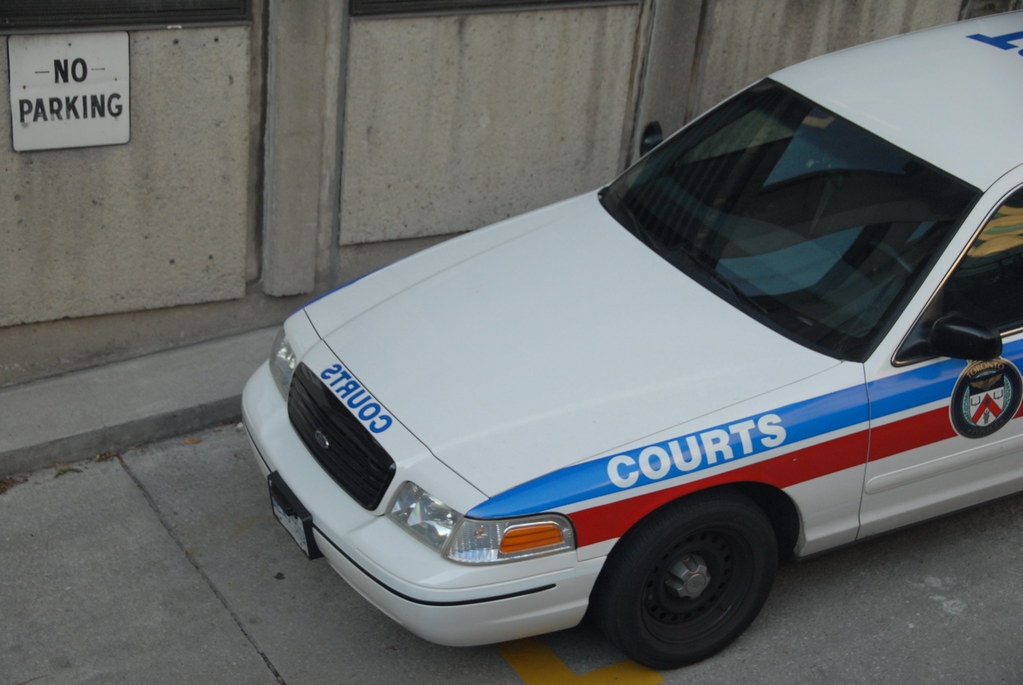Autism Q&A
Posted September 7, 2006 12:00 pm.
This article is more than 5 years old.
It is a syndrome that renders parents speechless with worry – and sometimes leaves their children unable to speak, either. Autism is a disease that has no cure and doctors differ on what causes it.
The only real treatment is special and often very expensive training that has to be started in early childhood. But there are no guarantees and the condition can leave already strained families bankrupt and emotionally exhausted.
Most of those with autistic children suffer in quiet desperation, with few realizing the endless difficulties and burdens it can put on parents and siblings.
To fill in the blanks, here’s a Q&A with Colleen Smith, the Executive Director at Giant Steps, a therapeutic/educational centre that supports students with autism spectrum disorder from age four through to Grade 8.
Q. What is the definition of autism?
A. We’re looking at basically a communication disorder. Within the disorder itself children have challenges with communication. Because the spectrum is so broad, you will have some children that are verbal, some children that are non-verbal. Some children that are verbal may be able to read, but not have receptive language of what they’re reading.
We also have children that have motor planning issues (movement and orientation). We also look at this particular population as having social interaction difficulties, so being able to sustain eye contact with peers, interact with them appropriately [things like that].
.Some of our students have ritualistic or repetitive behaviors that they engage in, for whatever function it serves for them, either to calm them down or sort of stimulate their system.
Q. What’s the cause?
A. Good question. There’s different theories out there. They’re looking at a probable neurological component, they’re looking at a possible genetic component, some parents believe it may be environmental, an insult to the immune system early on.I don’t think there’s conclusive evidence on any one of those but it tends to look like it may be genetic and a neurological disorder.
Q. Is there a cure?
A. I wish there was and then we’d be out of business, which would be just fine. Definitely this population can learn skills.the earlier we can get in, the more significant change we can see.that’s the key, getting to the children as early as possible, teaching them as many skills as you can, and working with those, expanding them.
Q. What kinds of interventions are practiced early on?
A. Here we believe in a holistic approach, we have two teachers from the York Region School Board on site that provide the academic intervention, occupational therapist that addresses the motor issues, we have a music therapist that looks at the auditory issues and intervention strategies, we have a speech and language pathologist on staff that looks at the communication, perhaps for some students articulation, maybe developing an augmentative communication system, expending receptive and communicative language and we also have a play and social skills specialist who works on teaching the basic play skills and interaction with others.
Q. Will people with autism spectrum disorder need ongoing support?
A. In varying levels. I know adults who live on their own, they have jobs, they just check in with people periodically, they do their own banking. They’re definitely capable of being productive citizens in society when they grow up as well.
Q. How many people does it impact?
A. I’ve been in the field for over 20 years and we used to quote 1 in 10,000, that went to 1 in 500 now we’re looking at 1 in 200 to 250.
Q. Why have the numbers gone up?
A. Good question. Is it diagnosis? Is it environment? Is it something we’re eating? Who knows at this point. We’re also seeing more families with more children that are also on the spectrum as well, so you may have a family that may have two or three children with some type of autism as well.
Q. What’s the biggest misconception about people with autism?
A. That they don’t want to interact. I think that’s the big misconception, they absolutely do, we just have to give them ways that they can.
Types of Autism
The condition can be broken down into several different types. And they all differ.
Some patients are anti-social and avoid eye contact. Others are friendly but can’t speak. And some stimulate themselves with odd gestures or hand movements.
In the most serious cases, they can lash out violently, hitting their heads against walls and forcing parents to put a helmet on their own offspring to protect them.
Here’s an overview of some of the most common syndromes. Not all of them are directly related to autism, but many share certain characteristics with the baffling ailment.
Asperger Syndrome
Likely the most “productive” of all the autistic problems, those with this high functioning condition can very often go on to lead fairly normal lives.
They can usually be taught to speak, and have a good vocabulary. But they become obsessed with complex topics and patterns, like math or music, and they may have problems reading or writing.
Their movements can appear odd or clumsy, and they may stimulate themselves by performing certain repetitive movements.
They can get along in social situations, but their responses often seem inappropriate. Asperger Syndrome patients can sometimes suffer a triple whammy of depression and bipolar disorder.
Fragile X Syndrome
This is a form of mental retardation that affects about 15 percent of all autistic patients. Behaviours to watch for include poor speech recognition and response, hyperactivity, lack of eye contact and hand flapping.
But despite their handicap, many can be taught to lead some semblance of a normal life.
Landau-Kleffner Syndrome
It strikes sometime between ages 3 and 7, and generally comes as a shock to parents. Their child, who appeared able to speak and relate normally, gradually loses his or her ability to talk or comprehend speech.
It leads many to suspect the child is deaf, but that’s not the case. Other indications are pain sensitivity, aggression, and a lack of eye contact. It’s more common in boys than girls, although experts don’t know why.
Rett Syndrome
This degenerative disorder strikes mostly infant girls in the first year of their life. Characteristic behaviors include loss of speech, repetitive hand-wringing, body rocking, an unsteady gait, seizures and social withdrawal.
There may also be severe mental retardation, and the condition could worsen during the patient’s lifetime. Rett’s strikes one in every 10,000-15,000 births.
Williams Syndrome
People who suffer from this thankfully rare disorder exhibit many autistic-like behaviours, including developmental delays, problems with language, attention deficits and sensitivity to sound.
There are also difficulties relating to others in social situations. It strikes one out of every 20,000-50,000 newborns.
Early Warning Signs (courtesy of the Mayo Clinic):
- Doesn’t babble or coo by 12 months
- Doesn’t gesture – such as point or wave – by 12 months
- Doesn’t say single words by 16 months
- Doesn’t say two-word phrases by 24 months
- Loses previously acquired language or social skills at any age.
For more information, visit:
http://www.giantstepstoronto.ca/
http://www.autismsociety.on.ca








